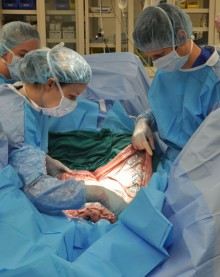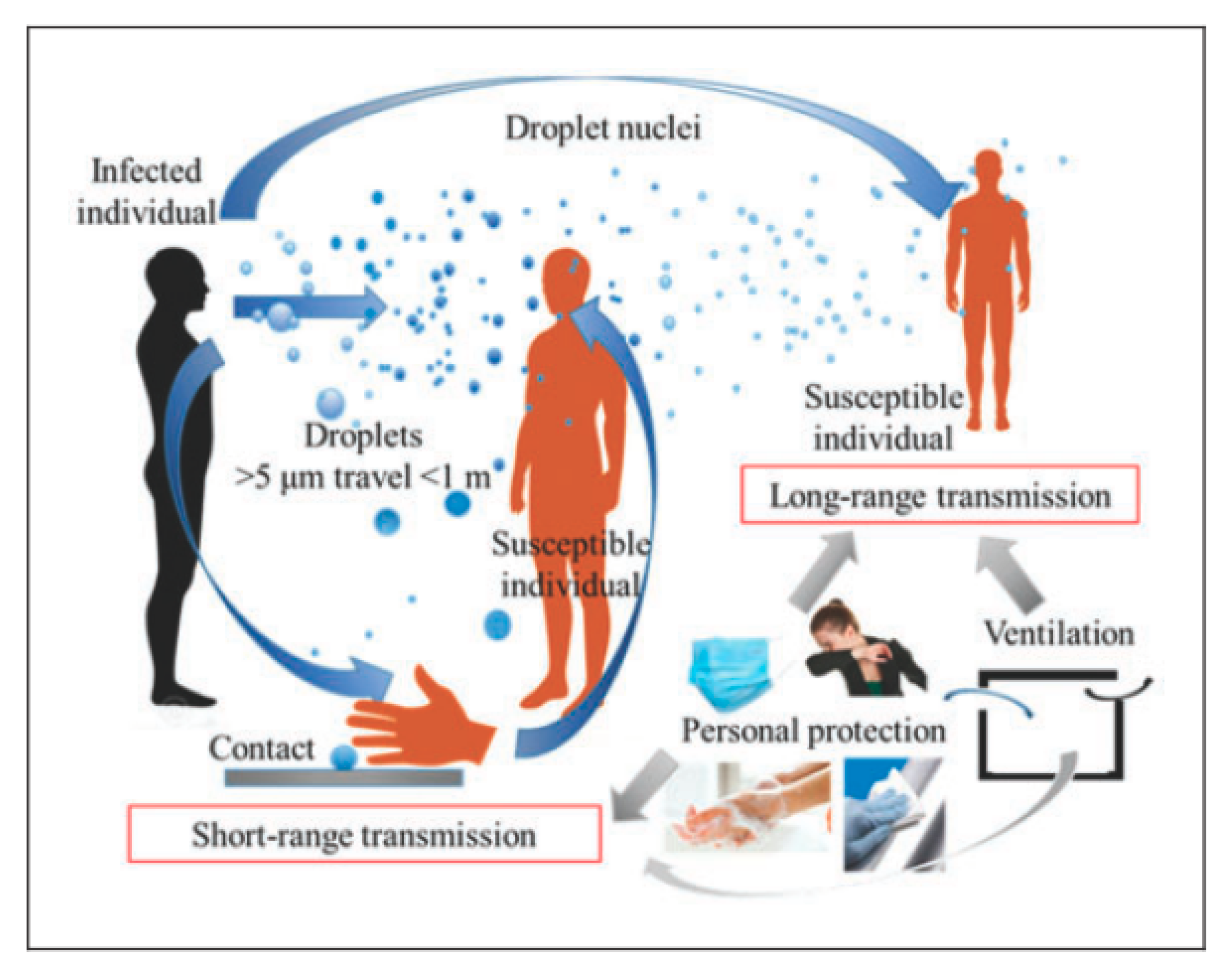CALEC surgery, which stands for cultivated autologous limbal epithelial cell therapy, represents a groundbreaking advancement in eye care, particularly for individuals suffering from severe corneal damage. This innovative procedure utilizes stem cell therapy to restore the surface of the cornea, providing new hope for those who have previously faced limited treatment options. During a recent clinical trial, CALEC surgery demonstrated an impressive effectiveness rate, with more than 90% of participants achieving significant improvements in corneal repair. By harnessing limbal epithelial cells harvested from a healthy eye, this technique addresses the critical challenges associated with eye damage treatment. As a promising option for reconstructing the eye’s exterior and alleviating chronic pain, CALEC surgery stands at the forefront of ocular medical advancements, aiming to redefine care for patients with corneal deficiencies.
Often referred to as cultivated limbal stem cell therapy, CALEC surgery leverages the body’s own cellular resources to rejuvenate the cornea’s outer layer, presenting a novel solution for corneal repair. This pioneering approach focuses on restoring eye functionality through the use of limbal epithelial cells, harvested from an unaffected eye to treat serious eye conditions that hinder vision. The success rates seen in recent clinical trials underscore the procedure’s potential as a viable option for individuals with debilitating eye injuries. By embracing innovative stem cell treatments, the medical community is exploring new horizons in eye damage treatment, driven by ongoing research and the hope of wider applicability for those in need.
Understanding CALEC Surgery for Corneal Repair
Cultivated autologous limbal epithelial cell (CALEC) surgery represents a groundbreaking advance in the treatment of corneal damage. This innovative procedure utilizes stem cells harvested from a healthy eye to regenerate the corneal surface, offering new hope for patients suffering from conditions previously deemed untreatable. The CALEC technique involves creating a cellular tissue graft from limbal epithelial cells, which play a crucial role in maintaining a clear corneal surface. By fostering these cells in a laboratory setting, surgeons can transplant them to restore visual function and alleviate chronic pain associated with limbal stem cell deficiency.
The success of CALEC surgery hinges on its ability to provide a biological solution to corneal repair, particularly in individuals with severe injuries due to chemical burns or trauma. The ongoing clinical trial reflects a pivotal step forward, suggesting that over 90 percent of participants experienced significant improvement in corneal health. As with all emerging therapies, further clinical research and regulatory approval are essential to establish the long-term effectiveness and safety of CALEC surgical techniques.
Frequently Asked Questions
What is CALEC surgery and how does it help with eye damage treatment?
CALEC surgery, which stands for cultivated autologous limbal epithelial cells, is an innovative stem cell therapy designed for eye damage treatment. This procedure involves harvesting stem cells from a healthy eye, expanding them into a cellular tissue graft, and then implanting this graft into a damaged cornea. The surgery aims to restore the cornea’s surface, offering new hope to patients suffering from severe corneal injuries that were previously considered untreatable.
How effective is CALEC surgery in restoring corneal surfaces?
Clinical trials have demonstrated that CALEC surgery is more than 90% effective at restoring the cornea’s surface. In a recent study, 50% of participants saw complete restoration of their cornea within three months, with success rates rising to 93% and 92% at the 12- and 18-month follow-ups, respectively. This makes CALEC surgery a promising option for individuals with corneal damage.
What types of injuries can CALEC surgery treat?
CALEC surgery is particularly effective for treating blinding corneal injuries caused by conditions such as chemical burns, infections, or traumatic injuries. Patients with limbal stem cell deficiency due to these injuries may benefit greatly from this advanced stem cell therapy, as it can regenerate the essential limbal epithelial cells that maintain the cornea’s smooth surface.
Is CALEC surgery currently available for patients?
As of now, CALEC surgery remains experimental and is not widely available in the U.S. Further clinical studies are necessary to seek federal approval before this novel stem cell treatment can be offered more broadly. The current clinical trials are crucial for demonstrating the long-term efficacy and safety of CALEC surgery.
What are the potential benefits of stem cell therapy like CALEC for eye damage treatment?
The potential benefits of stem cell therapy, particularly CALEC, include significant restoration of vision, reduction in chronic pain associated with severe corneal injuries, and the possibility of providing a treatment option for conditions previously deemed untreatable. By regenerating limbal epithelial cells, CALEC surgery can help patients regain a functional corneal surface.
Who is leading the clinical trials for CALEC surgery?
The clinical trials for CALEC surgery are led by Ula Jurkunas, the associate director of the Cornea Service at Mass Eye and Ear, in collaboration with Reza Dana, the director of the same center. Their team focuses on developing and assessing the safety and effectiveness of this innovative stem cell therapy for eye damage treatment.
What safety measures are in place for CALEC surgery patients?
Safety measures for CALEC surgery include thorough patient monitoring throughout the clinical trial, with no serious adverse events reported in the donor or recipient eyes. The trials aim to ensure high safety profiles while evaluating the efficacy of the stem cell therapy, helping to reassure participants and support further research.
What is the future of CALEC surgery for eye damage treatment?
The future of CALEC surgery looks promising, with hopes of expanding its availability through the establishment of an allogeneic manufacturing process. This would involve sourcing limbal stem cells from deceased donors, potentially allowing treatment for patients with damage to both eyes. Continued research and larger clinical trials are essential steps toward broader implementation and FDA approval.
How does CALEC surgery contribute to advances in the field of ophthalmology?
CALEC surgery represents a significant advance in ophthalmology, being the first human study involving stem cell therapy for the eye sponsored by the National Eye Institute. It exemplifies the shift towards regenerative medicine in eye care, offering new treatment pathways for conditions that result in corneal damage and improving the quality of life for patients affected by these injuries.
| Key Aspects | Details |
|---|---|
| Procedure Overview | CALEC is a stem cell treatment developed to restore corneal surfaces in patients with blinding corneal injuries. |
| Clinical Trial Success | The trial showed over 90% effectiveness in restoring the cornea’s surface and improving visual acuity. |
| Safety Profile | The treatment exhibited a high safety profile, with only minor adverse events reported. |
| Limitations | Requires one unaffected eye for biopsy; current procedure is experimental and not widely available. |
| Future Directions | Researchers plan to develop an allogeneic manufacturing process for wider applicability. |
| Long-term Goals | Aiming for FDA approval to make CALEC accessible for all patients requiring treatment. |
Summary
CALEC surgery represents a groundbreaking advancement in the field of ophthalmology, providing new hope for patients with corneal damage once deemed irreparable. By using stem cells to restore the cornea’s surface, this innovative procedure has demonstrated remarkable success rates in clinical trials. With continued research and potential future approvals, CALEC surgery stands to change the standard of care for those suffering from blinding corneal injuries.



